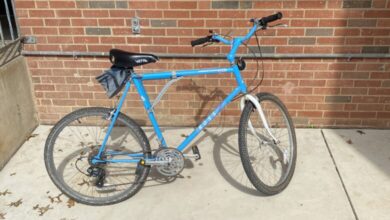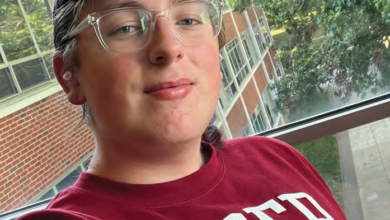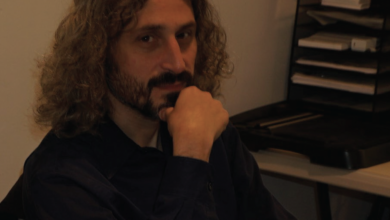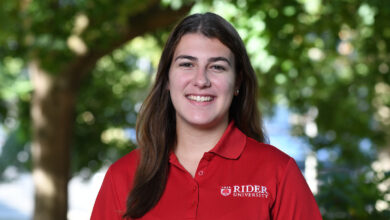A closer look at the factors of Rider’s financial struggles
By Arthur Taylor
In response to any criticism of Rider’s financial condition, President Gregory Dell’Omo and his supporters quickly fall back on a series of weak excuses: “a difficult market,” “challenging times,” or the most common excuse: “it’s complicated.” But the causes of Rider’s fragile financial condition are not complicated. They are rather simple.
Rider’s “market” has slowed — the number of high school graduates has decreased slightly, but that decrease is not the cause of Rider’s steep decline in enrollments prior to the pandemic. If that were true, then other schools in our market would be in the same financial state as Rider, and they are not.
Rider’s peer institutions, the schools which administration frequently identifies as “our market,” all posted net-program revenue gains (revenue from students) in the period between 2015 and 2019. Fairleigh Dickinson, Monmouth, Rowan and Seton Hall all posted net revenue gains of between 8 and 23%. Notably, Rowan posted a 22% net program revenue gain, and Monmouth posted a 17% net program revenue gain in that time period. Rider, however, posted a loss of 5% in net program revenue while increasing their total expenses by $12 million, a combination which clearly accounts for Rider’s 2019 losses, So, this loss and subsequent financial losses are not due to uncontrollable market fluctuations.
Instead, they are the direct result of president Dell’Omo’s key managerial decisions beginning in 2015.
Starting in 2015, disregarding faculty, parent and student opposition concerning the decision to sell Westminster Choir College, President Dell’Omo chose to spend millions on the effort which failed and began a six-year decline in enrollment at what had been a fully enrolled college. Then, in 2019, after having failed to sell Westminster Choir College, he chose to spend hundreds of thousands of dollars and spend millions on duplicating facilities to move from the world-class facilities in Princeton to Lawrenceville, a decision which further exacerbated the enrollment decline at the college. The loss of students from this program alone has drained in excess of $6 million per year in revenue from Rider’s income statement.
The excessive building has also been a hallmark of President Dell’Omo’s tenure and has had a significant impact on Rider’s bloated expenses. Between 2016 and 2020, Rider’s financial statements show $67 million being spent on building projects positioned as “investments” that would increase enrollment.
Rider’s cumulative debt load now stands at an unprecedented $110 million after adding additional bond debt in fiscal 2021. All of this debt must be repaid in approximately 10 years requiring a yearly cash expense of close to $10 million for the university. So, it’s not really complicated. The truth is, Rider’s precarious financial situation is not due to the pandemic, ‘the market’ or ‘challenging times.’ It is almost entirely self-inflicted. The seeds of this predicament were planted years before the pandemic and are the direct result of strategic decisions made by President Dell’Omo.
Arthur Taylor, Ph. D.
Professor, Information Systems and Supply Chain Management Department College of Business Administration



